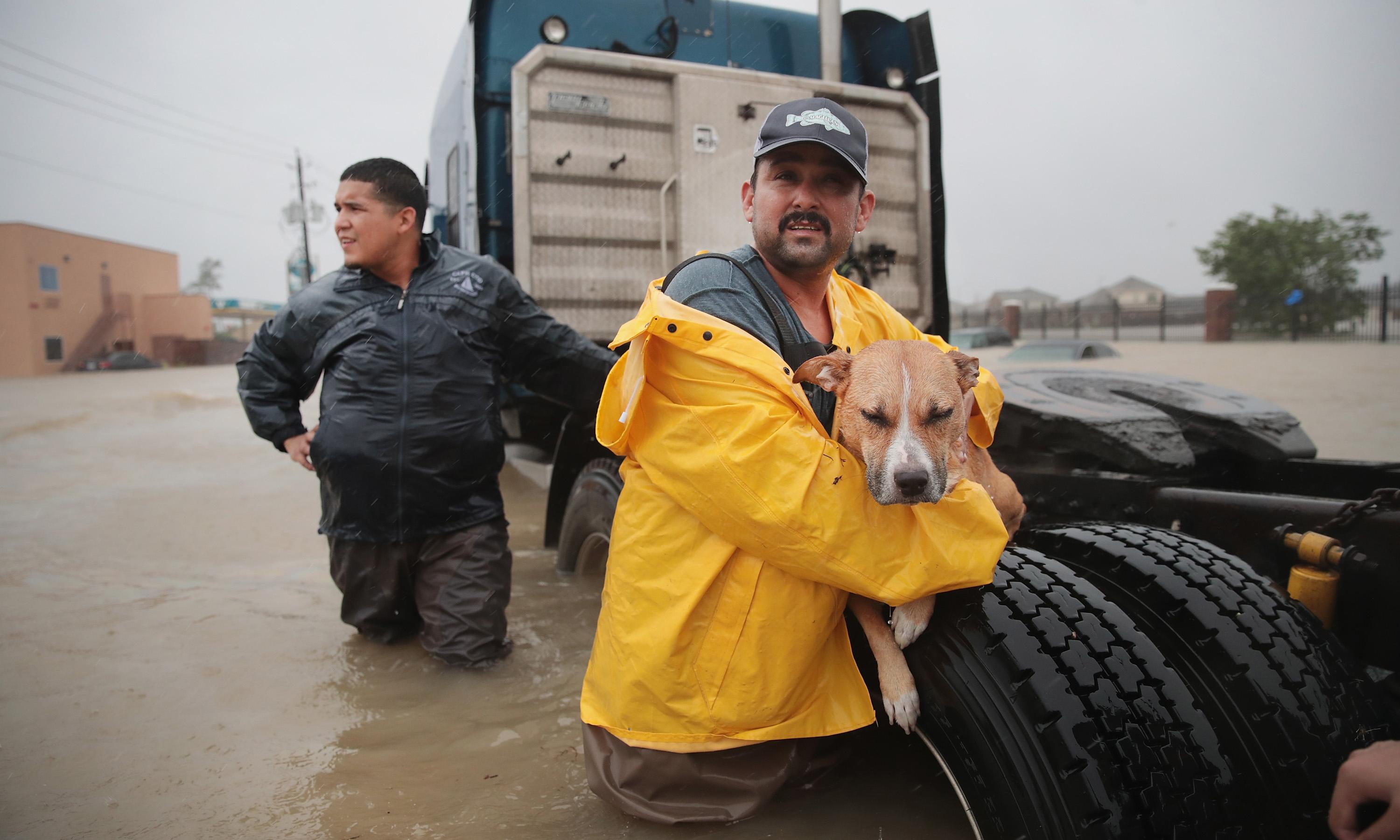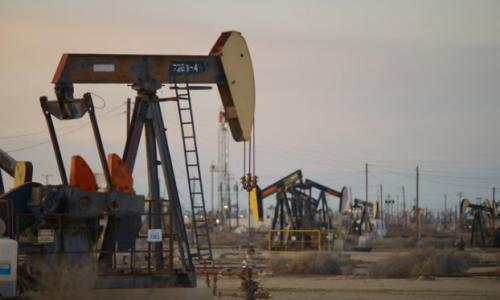Table of Contents
The consequences of climate change are already here.
Climate change is here, and it’s causing a wide range of impacts that will affect virtually every human on Earth in increasingly severe ways.
The magnitude of each impact depends on our collective choices as well as details—e.g., the particular region and the people that live there—but together, the range of impacts makes climate change one of the most urgent issues facing humanity today.
Hotter
When carbon dioxide (CO2) is released into the atmosphere, it acts like a blanket, preventing heat from escaping. This buildup of CO2 leads to one of most obvious impacts of climate change: a hotter world.
Higher temperatures are linked to almost all of climate change’s most severe impacts, including more frequent and intense heat waves, widespread crop failures, and dramatic shifts in animal and plant ranges.
The world’s most vulnerable people—those with fewest resources and options—will suffer the most.
If carbon emissions continue to increase unchecked, by end-of-century the hottest daily temperatures that occur in a given year in the United States are likely to increase by at least 10°F as compared with the end of the 20th century. Other parts of the world may experience even worse increases.
Wetter
As the world warms, ice sheets and glaciers melt, and ocean water expands. This produces sea level rise, which can disrupt and damage coastal communities and infrastructure in virtually every sea-bordering country in the world.
Estimates vary, but if emissions increase we could experience up to eight feet of sea level rise by the end of the century. The Gulf of Mexico and East Coast of the United States are experiencing some of the world's fastest rates of sea level rise. Elsewhere, entire island nations face the possibility of going underwater.
It’s not just coastal areas: climate change is also linked with heavier and more frequent rainfall, leading to destructive inland flooding in regions like the Midwest.
More extreme
Climate change is also making extreme weather more severe and, in some cases, more common. For example: warmer air and oceans are producing more extreme hurricanes, with record-breaking amounts of rain and wind.
Mega-storms like Hurricane Harvey have gone from occurring once every 100 years, to once every 16 years.
In drier areas, global warming is linked with longer, more extreme, and more frequent droughts, and a longer fire season. In the American West, fire season may last all year. In the future, the fires themselves will be larger, more destructive, more common, and more costly.
Threat multiplication
tied with 2016 as warmest year on record.
The direct impacts of climate change are devastating by themselves, but they also worsen existing inequalities and conflicts. For example: hotter temperatures and droughts will make corn, wheat, and other staple crop supplies less stable, leading to price spikes and food shortages. The roughly 800 million people currently living in extreme poverty will be most affected.
As entire regions become less livable, people will leave. By the end of the century, sea level rise alone could displace more than 100 million people. These migrations, as well as conflicts over increasingly scarce resources, will exacerbate existing political and social tensions, and significantly increase the risk of conflict and war.
Animals, insects, and plants—already threatened by habitat destruction and pollution—will fare even worse. Only a small amount of warming will kill 70 to 90 percent of the world’s coral reefs; up to half of plant and animal species in the world’s most naturally rich areas could face extinction.
Solutions
The severity of climate impacts is directly linked to the amount of carbon dioxide and other heat-trapping gases that are released into the atmosphere.
The more carbon, the worse the impacts will be. Scientists have concluded that avoiding the worst impacts of climate change will require limiting global warming to 1.5ºC to 2ºC.
Fortunately, we have solutions, and there’s still time to act. You can help.







